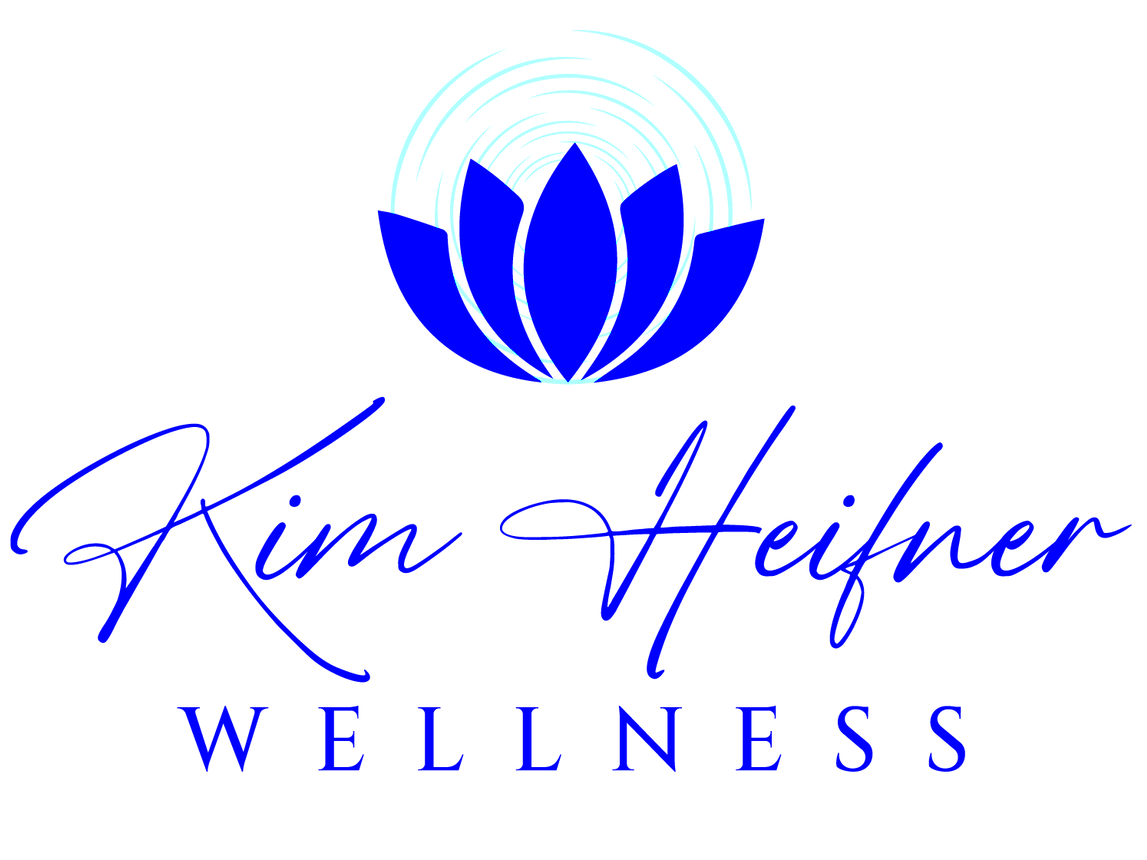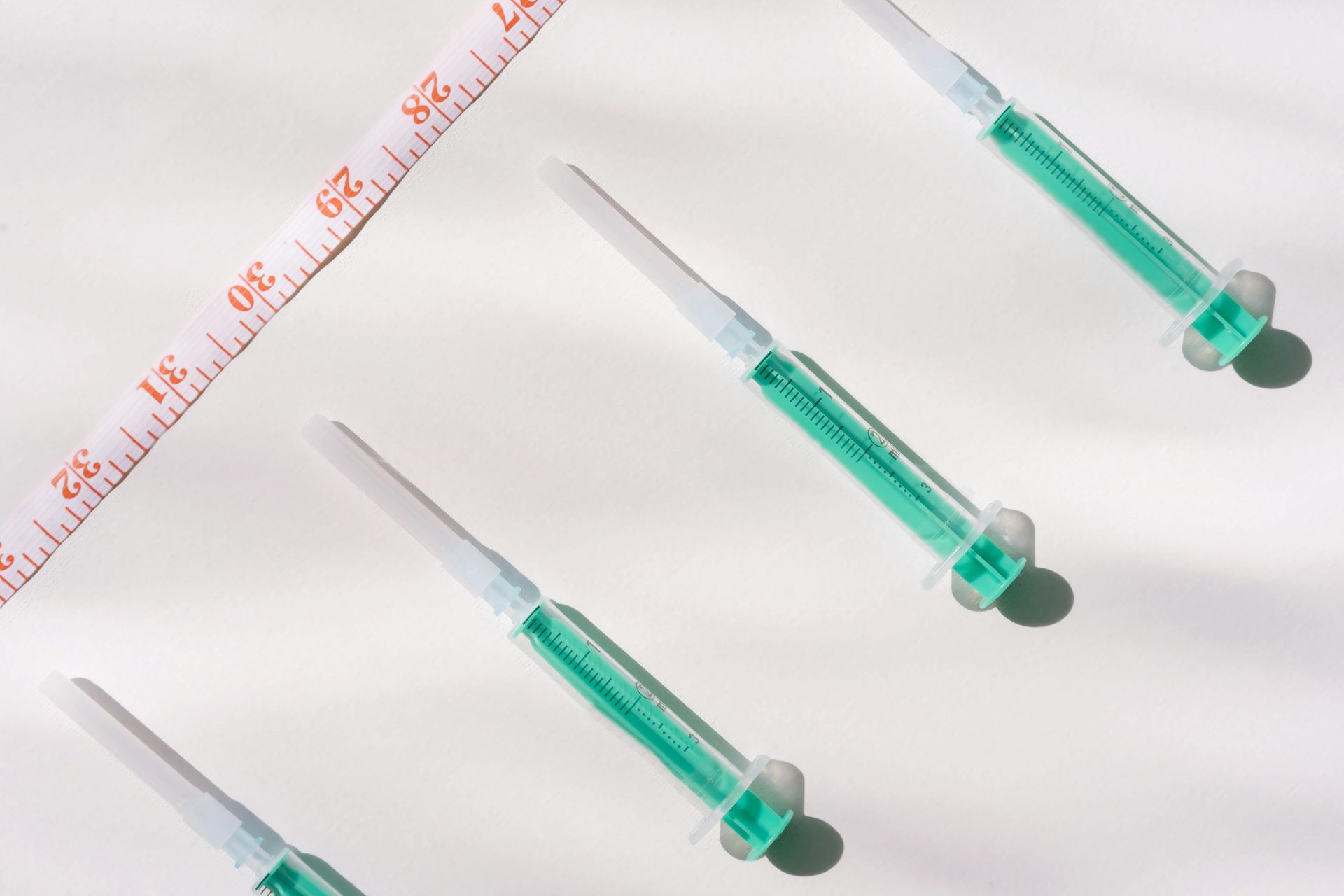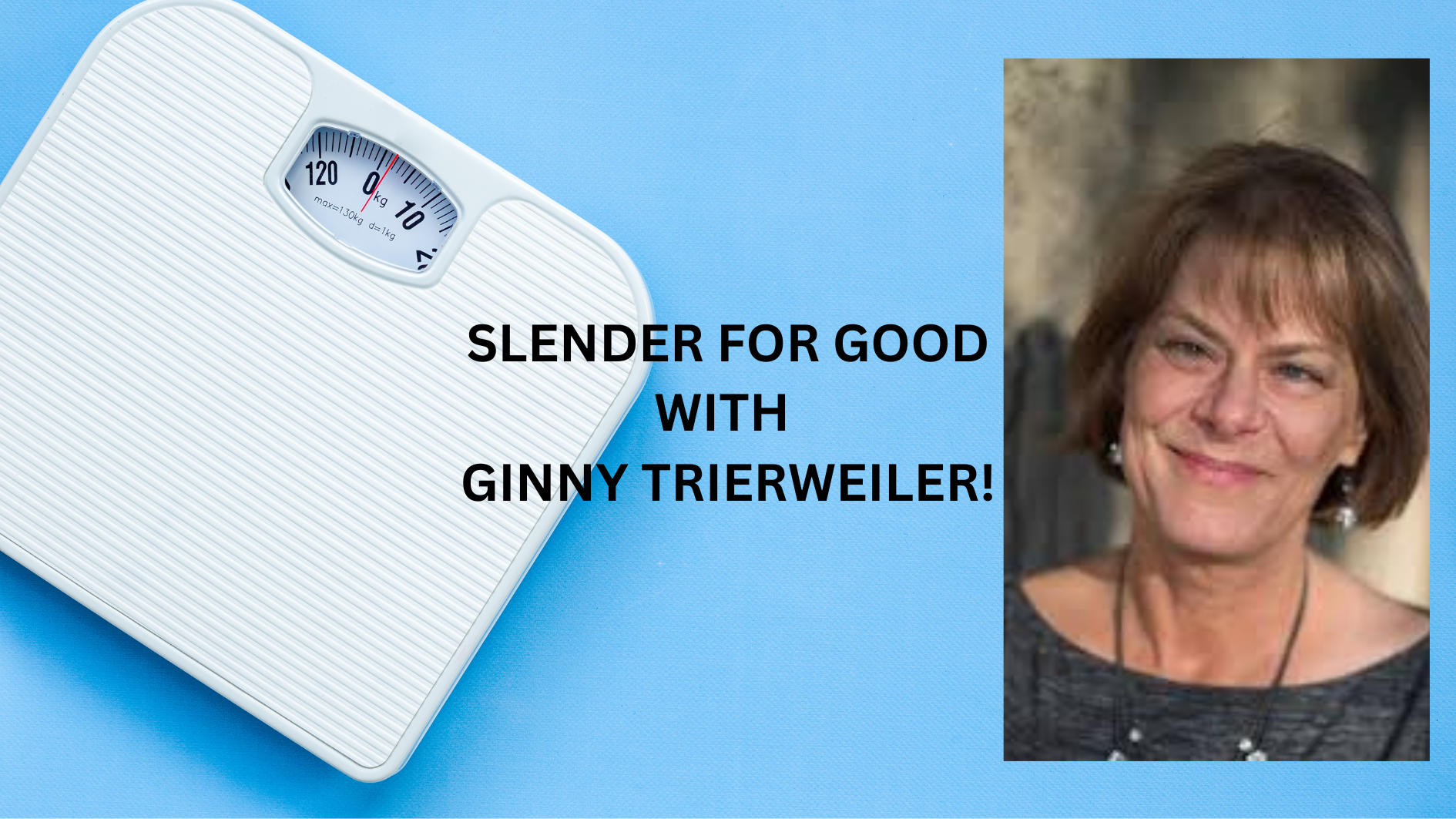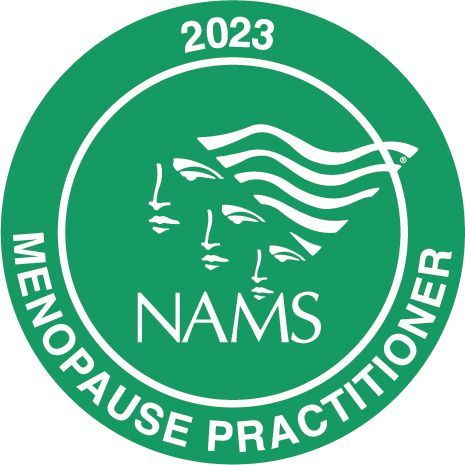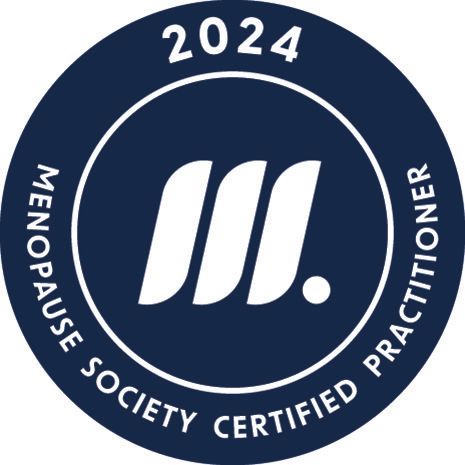New research reveals how continuing menopausal hormone therapy can reduce risks of cancer, heart disease, and more in women over 65

A recent study has shed new light on the use of hormone therapy for women aged 65 and older who are experiencing menopause. The study looked at how using hormone therapy (HT) after age 65 affects women's health. It was published in the Menopause Journal, which is a very respected scientific journal that only publishes high-quality, peer-reviewed research, which means the research was carefully reviewed by other experts in the field making the findings more credible. Hormone therapy, which involves taking estrogen and sometimes progesterone, is often used to help relieve the symptoms of menopause, such as hot flashes and night sweats.
I think it's important to understand differences in the hormones used in the study. Conjugated Equine Estrogens (CEE) is a synthetic combination of estrogens derived from horse urine that is more complex than Estradiol. It is the same estrogen used back in the 2002 Women's Health Initiative Studies (WHI). Estradiol (E2) is the main natural estrogen women produce. Progestins are synthetic versions of the natural hormone progesterone. Progesterone (P4) is the natural hormone women's bodies make. The natural hormones like estradiol and progesterone are more similar to what a woman's body makes. The synthetic versions like CEE and progestins are human-made and a bit different. The natural hormones may have some advantages, but both can be used in hormone therapy. I will say that these days, the most commonly prescribed hormone therapy is estradiol alone or combined with oral micronized progesterone when the uterus is still intact. Sometimes, a progestin is used alone, like when birth control is needed, either oral or in an intrauterine device (IUD). In addition, oral micronized progesterone can be used alone to effectively treat vasomotor symptoms when estrogen therapy is not an option. Now, lets dive into the details of the recent study.
Study Sample Size, Makeup, & Analysis:
- The researchers looked at the medical records of over 10 million women on Medicare (a health insurance program for older adults) in the United States. I was happy to see the large sample size of the study!
- The women were all aged 65 and older, so they were going through menopause or had already gone through it.
- The study explored the independent effects of each hormone therapy (HT) drug on 13 health outcomes using extended Cox regression analyses. This involved analyzing 40 different combinations of estrogen-progestogen types, routes, and dose ranges, while adjusting for potential confounding factors like race, income, rural residence, enrollment year, and 49 chronic conditions. The extended Cox regression is a way to study how different factors affect the risk of an event happening over time, while accounting for factors whose risk level changes throughout the study period rather than staying constant.
Length of Study:
- The study looked at data from 2007 to 2020, so it covered a 14-year period.
Goals of the Study:
- To compare the effects of continuing HT after 65 to the effects seen in the big WHI study, which looked at things like, cancer (breast, lung, uterine, colon, ovarian), heart and blood vessle problems (heart disease, heart failure, blood clots, stroke, irregular heartbeat, heart attacks), and dementia.
- The researchers also looked at how the way the HT was taken (like a pill, patch, or cream) affected the results.
Key Findings of the Study:
Women who continued using just estrogen hormone therapy (ET) after age 65 had some important health benefits:
- They were 19% less likely to die from any cause.
- They were 16% less likely to get breast cancer.
- They were 13% less likely to get lung cancer.
- They also had lower risks of other conditions like heart failure, blood clots, and dementia.
Oral Conjugated Equine Estrogens (CEE):
- Conventional-dose oral CEE had similar cardiovascular event and mortality risks compared to lower-dose oral CEE. The conventional or standard dose of oral CEE hormone therapy is 0.625 mg per day. Any oral CEE dose below 0.625 mg per day is considered a low dose, which is typically 0.3 mg or 0.45 mg.
- Oral estradiol was associated with a lower risk of stroke compared to oral CEE. The typical dose of oral estradiol is 1 mg.
Transdermal Estradiol:
- Transdermal estradiol was associated with a moderately lower risk of coronary heart disease compared to oral CEE, though the difference was not statistically significant. The typical dose of transdermal estradiol is 0.05 mg or 50 mcg.
Progestogen Therapy:
- Progestogen therapy (e.g. medroxyprogesterone acetate (MPA), oral megestrol acetate (MA), micronized progesterone (MP) was highly effective in alleviating severe vasomotor symptoms with minimal risk. Symptoms were less likely to recur when progestogen therapy was discontinued compared to estrogen discontinuation.
Estrogen-Progestin Therapy (EPT):
For women who used a combination of estrogen and progestin hormone therapy:
- EPT did not increase the risk of most health conditions, but did increase the risk of breast cancer by 10-19%
- However, using low doses of EPT, especially through the skin or vagina, could help lower the breast cancer risk
- EPT also reduced the risk of uterine cancer by 45% and ovarian cancer by 21%
- EPT was also linked to lower risks of heart disease, heart failure, and blood clots
The way the hormone therapy was taken made a difference:
- Using lower doses, especially through the skin or vagina, could help lower the breast cancer risk for women on EPT. I think it is important to point out that local, vaginal hormones do not typically reach the bloodstream providing relief for systemic symptoms. In fact, sometimes women who are using transdermal estradiol can also benefit from adding vaginal estrogen to address the genitourinary symptoms that result from low estrogen levels experienced after menopause. However, progestins and progesterone can be given in different routes with progestins often found in intrauterine devices and micronized progesterone can be used vaginally or orally to protect the uterus.
In general, the study found that the benefits were greater when using:
- The effects of menopausal hormone therapy (HT) appear to be more favorable with lower doses compared to medium or high doses.
- Vaginal or transdermal HT formulations seem to have greater risk reductions compared to oral preparations.
- Estradiol (E2) based HT may be associated with better outcomes than conjugated equine estrogens (CEE).
Okay, let's briefly review! The big takeaway from this research is that hormone therapy (HT) can still be helpful for women over 65, but you should be careful about it. The study found that some types of HT, like estrogen-only and lower doses, can actually lower the risk of things like cancer and death in older women. But other types, like higher doses or certain formulations, can increase the risk of problems like strokes and blood clots. So the key is working closely with your healthcare provider to find the right type, dose, and way to take the hormones. It's not a one-size-fits-all thing - what works best for you might be different than what works for your friend.
This is actually in line with what the experts say about menopause. They say that women don't have to stop taking HT just because they hit a certain age. As long as you and your provider are keeping a close eye on things, it can still be a helpful treatment, even for older women. The most important thing is to have open conversations with your provider about the pros and cons for your specific situation. That way, you can make the choice that's best for your health and your quality of life! A healthy eating pattern and lifestyle should be foundational to any menopausal treatment plan you choose, whether it involves hormone therapy or not!
In health,
Kim✨👩⚕️
